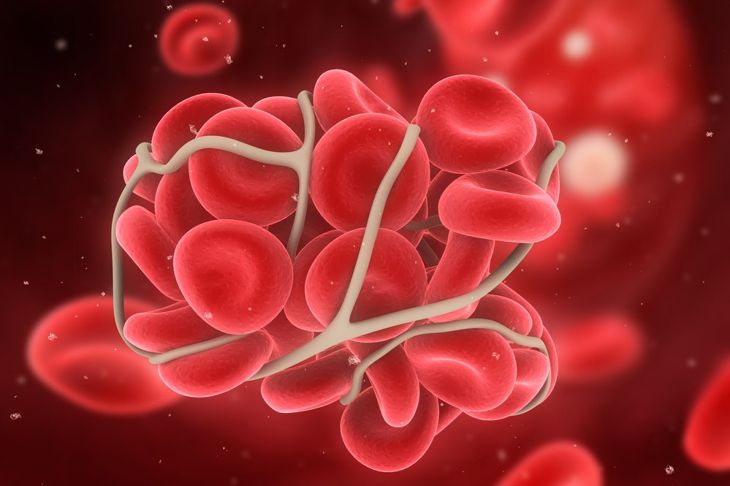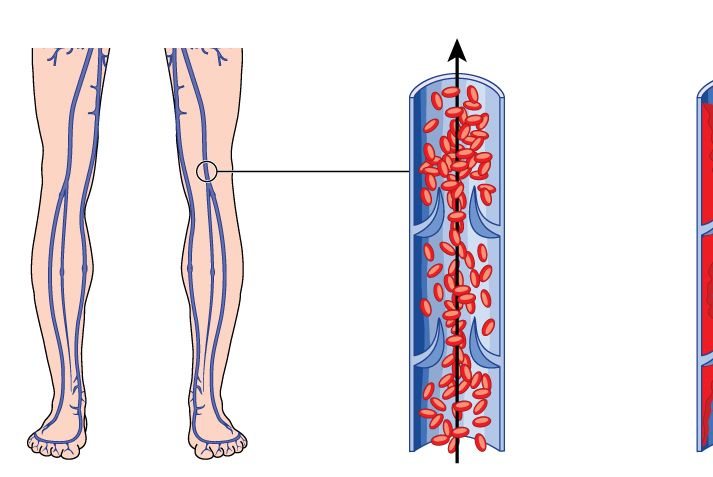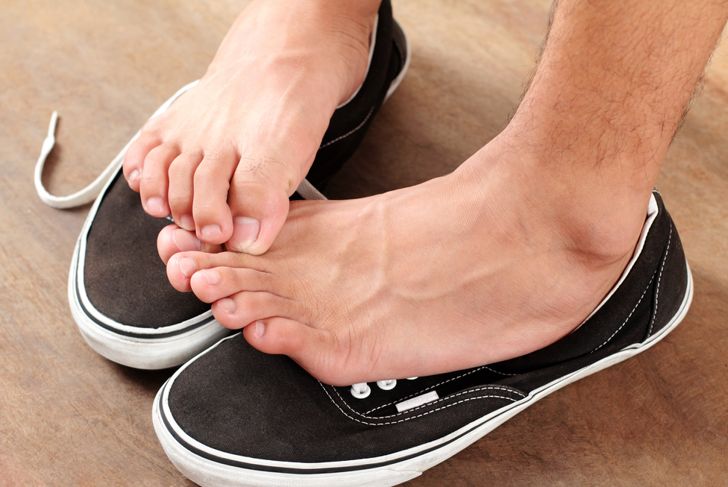A blood clot is a mass of blood cells and proteins that accumulate in a blood vessel to stop excessive bleeding. In most cases, blood clots are healthy. The body naturally dissolves them once the superficial layers of an injury have healed. However, in some cases, blood clots do not dissolve naturally or form when there is no injury. Cancer, smoking, surgery, pregnancy, heart conditions, hormonal therapy, and inherited blood clotting disorders can all cause unwanted clots. These growths can cause a wide range of symptoms.
Redness
A red streak and slight discoloration on the skin can indicate a blood clot and may be one of the first noticeable signs. Discoloration occurs because of the thick buildup of blood and inflammation beneath the skin’s surface. Unlike a bruise, which should fade, color changes caused by a problematic blood clot is likely to increase in visibility.
Warmth
The skin above a blood clot may increase in temperature, becoming warm to the touch. This sensation may be accompanied by tingling, itching, and soreness. As with discoloration, home treatments one may apply to a bruise are unlikely to provide relief.
Unexplained Exhaustion
Illness and events such as a blood clot prompt the body’s defenses to begin working overtime. Like a disease, a blood clot causes trauma and the body’s reaction can leave the individual feeling fatigued for no apparent reason. Though it is unlikely tiredness alone will prompt an accurate diagnosis, this symptom combined with others can indicate a problem and a need for medical attention.
Swelling
Swelling of the veins is a common occurrence when a blood clot forms. When the clot develops on the leg, against a muscle, the swelling can be painful and is a good indication of a problem. The greater tissue density of such areas makes it more difficult for the body to remove blood clots that develop here. In most cases, blood clots in these locations will become larger and more painful over time. Sometimes, blood clots form in response to injury or trauma to a muscle or blood vessel. In fact, trauma is a leading cause of blood clots.
Distended Veins
In a lot of cases, the presence of a blood clot will become apparent via distention in the veins or the area surrounding the lump. Typically, distended veins do not result in complications, but if the blood clot adds to the pressure on the nearby blood vessels, an internal rupture can occur, causing more intense bruising.
Low-Grade Fever
A blood clot can cause inflammation, especially if it detaches and begins to move through the bloodstream, and this can cause a low-grade fever. An elevated temperature can accompany many other symptoms such as dehydration, sweating, loss of appetite, and head and body aches. Fever may also cause irritability and disorientation.
Calf Pain
Another telling sign of a blood clot is tenderness and pain in the calf area, often felt when walking or rising after laying down or sitting for a prolonged period. If any other symptoms of vein thrombosis — which include swelling, cramps, and redness or discoloration — accompany the pain in the calf, then it is best to consult a doctor to rule out any chance of a blood clot.
Increased Heart Rate
The heart works hard to dislodge or break down blood clots, which means an individual with a clot will likely experience increased heart rate. Abnormal heart function can also indicate that the blood clot has detached and traveled to other body parts. This can cause symptoms such as stabbing chest pains and heavy breathing. Elevated heart rate can also lead to panic attacks and anxiety.
Dizziness
Blood clots that move to the lungs can cause light-headedness, giddiness, and vertigo. The dizziness may be accompanied by lightheadedness or even fainting. Shortness of breath is also frequent in such situations. These symptoms require immediate medical attention.
Foot Discomfort
A blood clot in a deep vein in the leg causes leg pain but can cause foot pain as well. The pain is on the same side as the clot and often feels similar to cramping. The foot pain may be accompanied by redness, swelling, and warmth.

 Home
Home Health
Health Diet & Nutrition
Diet & Nutrition Living Well
Living Well More
More




















